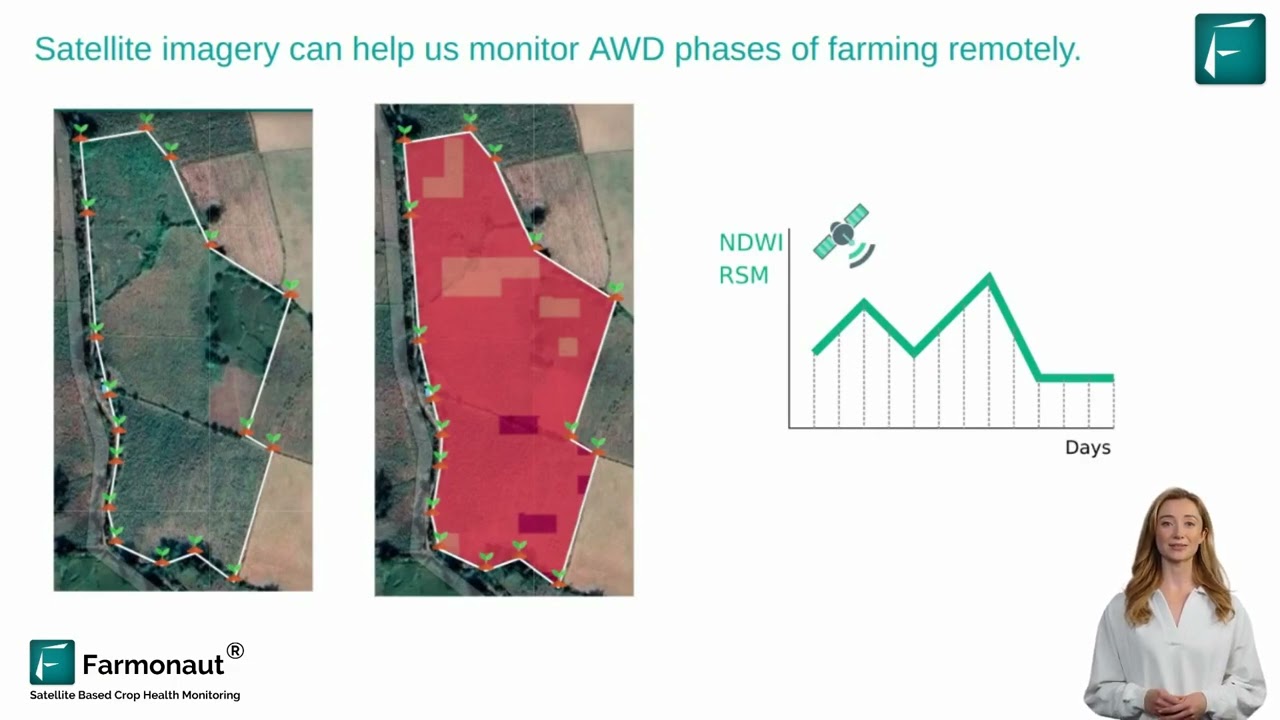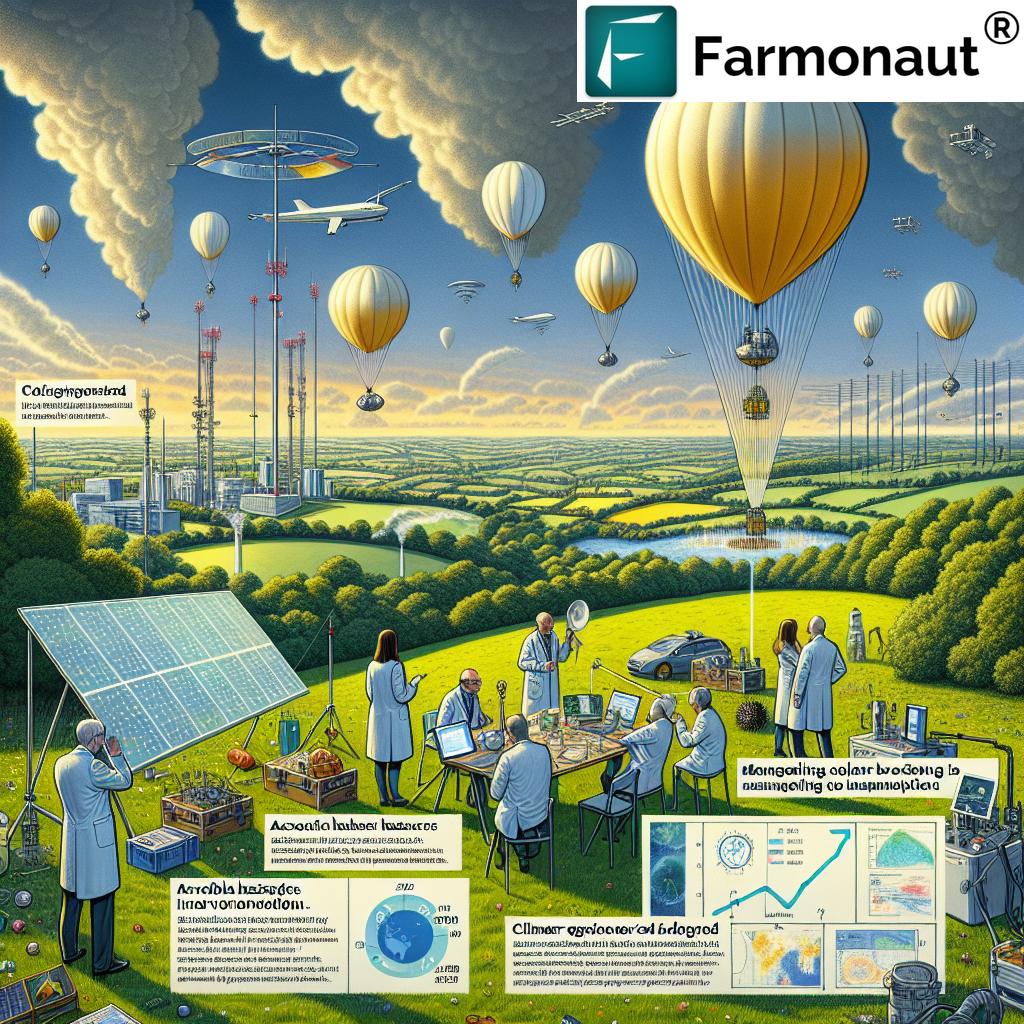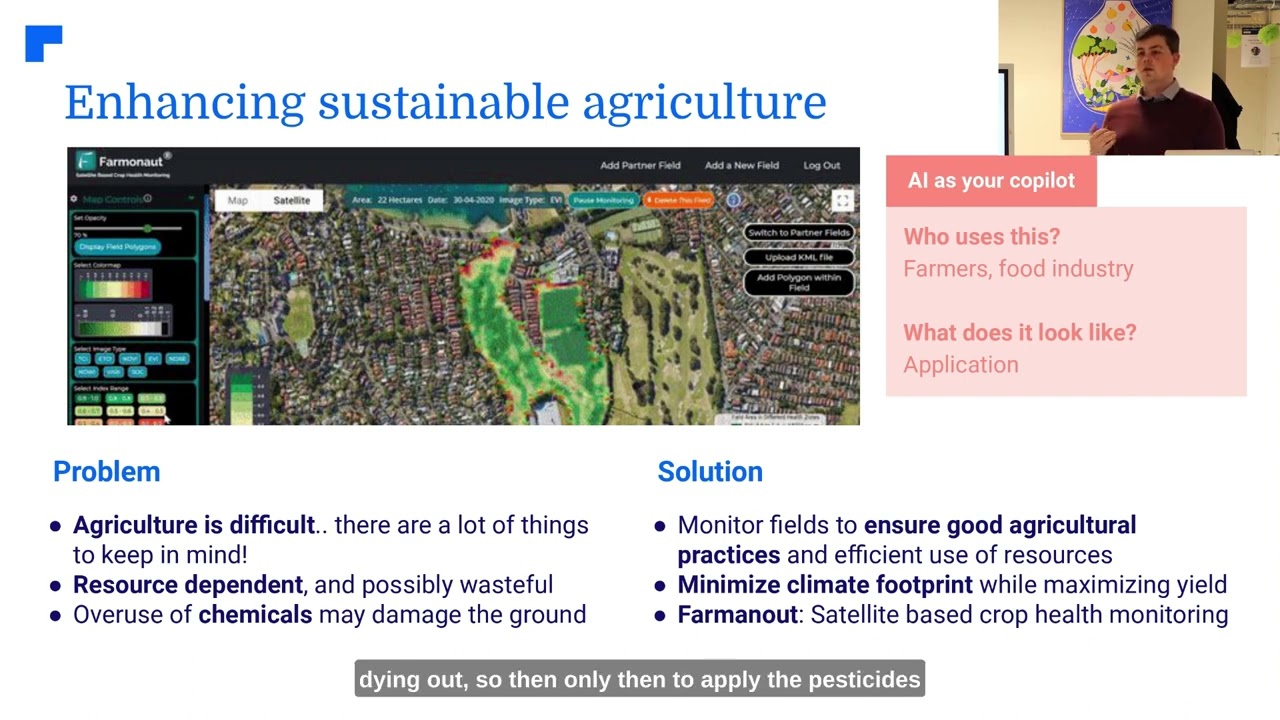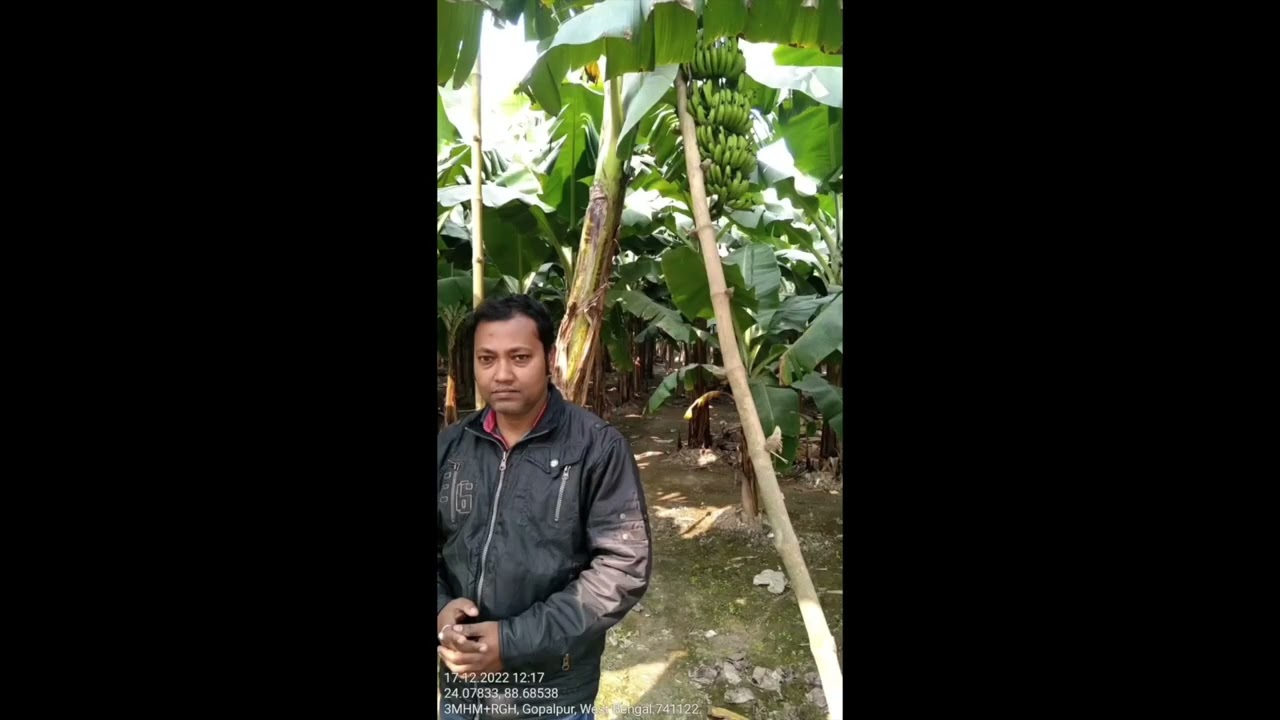Table of Contents
- Introduction: Solar Geoengineering in the UK 2024
- Did You Know?
- Background: Why the UK Is Investing in Solar Geoengineering
- How Solar Geoengineering Works: Science, Technologies, and Approaches
- 2024 Solar Geoengineering Projects in the UK
- Comparison Table: Major Solar Geoengineering Projects in the UK (2024)
- Outdoor Geoengineering Experiments: Methods and Oversight
- Risks, Challenges & Impacts of Blocking Sunlight
- Stratospheric Aerosol Injection Risks
- Climate Modification Technologies and Innovation in the UK
- How Farmonaut Supports Sustainability on the Ground
- Trivia Time
- Regulation, Governance & Ethical Considerations
- The UK’s Role in Global Solar Geoengineering Policy
- Frequently Asked Questions (FAQ)
- Conclusion & Future Outlook
- Farmonaut Subscriptions: Get Started
Solar Geoengineering in the UK: 2024 Projects, Risks, and Innovation
In 2024, the United Kingdom finds itself at the forefront of a profound scientific and ethical endeavor—pioneering some of the world’s most ambitious solar geoengineering experiments to explore the possibilities of blocking sunlight to curb climate change. With a rapidly warming climate and the pressing threat of global environmental shifts, UK researchers, supported by substantial government funding and the Advanced Research and Invention Agency (ARIA), are set to undertake outdoor projects that could redefine our relationship with the Earth’s atmosphere, sun, and weather patterns.
As we delve into outdoor geoengineering experiments, cloud brightening research, and the risks of injecting particles into the atmosphere, this blog presents a comprehensive overview of the latest 2024 research, innovation, risks, and sustainability debates. Our aim is to illuminate the science, challenges, ethical questions, and ground-level technologies, including those by climate-focused pioneers like Farmonaut, keeping the public fully informed amidst uncertainty and hope.
“In 2024, over 10 UK research projects are investigating solar geoengineering’s potential to reduce global warming.”
Background: Why the UK Is Investing in Solar Geoengineering
Solar geoengineering—the science of reducing incoming sunlight to manage the Earth’s surface temperature—emerges amid escalating concern for our global climate. With conventional mitigation methods struggling to keep pace with climate change impacts, nations such as the UK are now researching new and advanced climate modification technologies.
In February 2021, the UK government announced the creation of ARIA, inspired by the US’s DARPA. With ambitions to cement the UK’s role as a scientific superpower, ARIA is tasked with funding high-risk, high-reward research—especially those technologies and projects addressing global challenges like climate modification.
In 2024, according to multiple reports, geoengineering experiments conducted outside—including stratospheric aerosol injection and cloud manipulation—are set to begin, marking a new chapter in climate intervention. These initiatives, backed by one of the largest funding allocations in the sector’s history, push the boundaries of what is scientifically possible, but not without uncertainty and deep ethical questions.
How Solar Geoengineering Works: Science, Technologies, and Approaches
Broadly, solar geoengineering involves large-scale climate modification technologies designed to cool the planet by reflecting a fraction of the sun’s energy back into space or enhancing the reflectivity of clouds. Key methods include:
- Stratospheric Aerosol Injection (SAI): Spraying reflective particles (e.g., sulfate aerosols) into the stratosphere to artificially increase the planet’s albedo, or sunlight reflectivity.
- Marine Cloud Brightening: Spraying fine seawater droplets into low-lying marine clouds to make them denser and more reflective to solar radiation.
- Cirrus Cloud Thinning: Reducing cirrus clouds, which trap heat, to allow more infrared radiation to escape into space.
Each approach aims to lower global temperatures, with scientific models suggesting that even blocking 1% of sunlight could partially offset warming—however, each method brings distinct risks and potential side effects, from weather pattern alteration to ozone layer impacts.
Key Terms & Concepts in Solar Geoengineering
- Aerosols: Microscopic particles suspended in the air, used in SAI projects to increase reflectivity.
- Albedo: The measure of how much sunlight the Earth reflects back into space.
- SRM (Solar Radiation Management): Collective term for technologies that manage the amount of sunlight reaching the Earth’s surface.
- Outdoor Geoengineering Experiment: Controlled research conducted in open environments to measure real-world effectiveness and impacts of climate modification.
Focus on the United Kingdom: Local Approaches and Global Relevance
In the UK, the government’s commitment—backed by approximately $1 billion in funding for ARIA—enables some of today’s most advanced experiments. The aim is not just national benefit, but to help inform global strategies and avoid the risks of altering Earth’s climate without robust scientific evidence.
“Blocking just 1% of sunlight could lower Earth’s average temperature by up to 1.5°C, UK studies suggest.”
2024 Solar Geoengineering Projects in the UK: Research, Funding, and Experiments
The UK’s solar geoengineering projects for 2024 represent a unique intersection of public investment, high-level scientific oversight, and bold experimentation. Noteworthy developments include:
-
ARIA Program:
The Advanced Research and Invention Agency (ARIA), officially launched in 2023, is poised to announce and manage several outdoor solar geoengineering experiments in 2024. ARIA is tasked with gathering physical data outside of computer models to determine if climate modification technologies could be safely and effectively deployed. -
Major Funding Injection:
With up to $75 million earmarked specifically for outdoor geoengineering research, the UK is staging one of the largest, most thoroughly controlled initiative portfolios to date. -
Focus on Safety and Reversibility:
Program directors stress that all experiments are “safe by design.” Strong requirements are placed on experiment duration, reversibility, and non-toxicity. Experiments involving hazardous substances are not funded, reflecting a commitment to environmental health. -
Diverse Technological Approaches:
From injecting aerosols into the stratosphere to cloud brightening research, these projects aim to test various sunlight-blocking mechanisms at small, controlled scales.
The resulting data will be fundamental in assessing the viability, risks, and impacts of these methods before considering any large-scale deployment in the future.
Comparison Table of Major Solar Geoengineering Projects in the UK (2024)
| Project Name | Lead Institution | Technology Used | Estimated Project Scale | Intended Impact | Estimated Risks | Regulatory Status | Year Initiated |
|---|---|---|---|---|---|---|---|
| ARIA Stratospheric Aerosol Injection Trial | Advanced Research and Invention Agency (ARIA) | Stratospheric Aerosol Injection | Small-Scale Outdoor Experiment | Block up to 0.1% of sunlight locally | Ozone depletion, ecosystem disruption | Awaiting Approval | 2024 |
| ARIA Cloud Brightening Research | Advanced Research and Invention Agency (ARIA) | Marine Cloud Brightening | Pilot, Coastal Areas | Increase cloud reflectivity by 5% | Precipitation shifts, local weather changes | Approved (Controlled Areas) | 2024 |
| Sulfur-Based Sunlight Reflection Demonstration | Imperial College London | Sulfur Aerosol Release | Limited, with strict oversight | Test cooling up to 0.2°C locally | Sulfur dioxide pollution, air quality risk | Pending Environmental Review | 2024 |
| Weather Modification Projects 2024 | National Centre for Atmospheric Science (NCAS) | Various: Cloud Seeding, Cirrus Thinning | Multiple Regions, Targeted | Study regional weather impacts | Biodiversity loss potential, rainfall variability | Research Stage | 2024 |
Outdoor Geoengineering Experiments: Methods and Oversight
In response to the urgent need for real-world research data, ARIA and partner institutions are conducting outdoor geoengineering experiments—an essential step to move from simulation and theoretical models to actual observation.
- Small, Controlled Releases: Initially, only limited releases of aerosols or seawater are planned to minimize environmental risks and ensure reversibility.
- Transparency and Community Notification: All outdoor experiment schedules and measurements will be made public to maintain transparency and enable public scrutiny.
- No Toxic Release Policy: Leaders stress that no toxic substances will be released into the air or environment—a principle critical to public trust.
One example—potential cloud brightening research—involves spraying sea-salt aerosols from ships off the coast of the UK to study how increased cloud reflectivity alters local weather and temperature patterns. This is contrasted with stratospheric aerosol injection, where only tethered balloons or high-flying drones are used to limit the scale and duration, adhering to strict safety protocols.
Risks, Challenges, and Impacts of Blocking Sunlight: The 2024 Debate
The decision to approve and fund solar geoengineering projects does not come lightly. As highlighted in several reports including those by the UN, Columbia University’s Climate School, the Guardian, and the New York Times, the list of potential risks is extensive.
-
Stratospheric Aerosol Injection Risks:
- Possible ozone layer depletion, leading to increased UV penetration and higher rates of skin cancer
- Alteration of global weather patterns—including rainfall, droughts, and monsoons
- Negative effects on agriculture, marine life, and wider ecosystem services
-
Pollution and Air Quality:
Unintended air quality impacts, particularly from sulfur compounds, could worsen respiratory problems locally and globally. Mortality due to pollution could rise if not stringently controlled. -
Unpredictable Knock-on Effects:
Shifts in regional weather patterns may disrupt water supply, crop yields, and biodiversity. -
Reversibility Concerns:
Rapid termination of geoengineering could result in “termination shock,” spurring sudden and dramatic climate change. -
Ethical and Geo-Political Tensions:
The risk of rogue state or non-state actors deploying SRM unilaterally poses serious security and diplomatic challenges.
As Lili Fuhr from the Center for International Environmental Law explained: “Just because we are desperate does not suddenly make solar geoengineering a good idea, because the risks are so immense.”
Stratospheric Aerosol Injection Risks: What Does Current Research Show?
Among all climate modification technologies, stratospheric aerosol injection (SAI) is central to the UK’s 2024 research agenda. According to a December 2024 study:
- SAI could damage the ozone layer, lead to increases in skin-cancer-related mortality, and possibly intensify smog in certain regions.
- Changes to atmospheric composition may weaken the stratospheric ozone over the UK, impacting regional health and biodiversity.
Additional findings (Columbia University’s April 2024 report) suggest that solar radiation management impacts must be carefully mapped: while some regions could benefit, others may suffer increased drought, crop failure, or amplified natural disasters.
How Farmonaut Supports Sustainability on the Ground
While global climate interventions like solar geoengineering capture headlines, practical, ground-level technologies are vital in supporting sustainability, resilience, and low-carbon agriculture. Here, Farmonaut stands out with its mission and advanced offerings.
-
Satellite-Based Crop Monitoring:
Farmonaut delivers precise, real-time satellite imagery to analyze vegetation health, soil moisture, and weather impacts. This fosters better crop management, efficient irrigation, and sustainable inputs—critical for adapting to a changing climate. -
AI-Powered Advisory (Jeevn AI):
The carbon footprinting tool and Jeevn AI provide actionable, science-based advice to reduce emissions and boost farm productivity. Discover how tracking your carbon usage can benefit both your pocket and the planet! -
Blockchain Traceability:
Transparency is essential in today’s food systems. Farmonaut’s traceability solutions enable secure, blockchain-verified tracking of agricultural products from field to fork, helping assure both consumers and regulators. -
Resource & Fleet Management:
Visualize and manage your machinery, logistics, and fleets efficiently with Farmonaut’s fleet management platform, reducing costs and emissions while promoting safety and reliability. -
Government & Enterprise Solutions:
Governments, cooperatives, and enterprises can oversee vast tracts of land with Farmonaut’s large-scale farm management platform, enabling policy makers and managers to ensure compliance and sustainability at scale.
For those interested in powerful integration, Farmonaut also provides robust APIs and detailed developer documentation—bringing satellite and weather data directly into your own applications.
This comprehensive mix of advanced technologies, actionable data, and scalable models enables farmers, agribusinesses, and governments to make truly sustainable decisions—backed by global science yet focused on local needs.
“Blocking just 1% of sunlight could lower Earth’s average temperature by up to 1.5°C, UK studies suggest.”
Regulation, Governance, and Ethical Considerations
As with all new geoengineering research and innovation, regulation and ethics remain central. In 2023, the UN Environment Programme (UNEP) issued a report outlining the risks of solar radiation modification, highlighting issues such as:
- Governance Gaps: The lack of unified international legal frameworks governing solar geoengineering deployment presents the risk of unilateral or “rogue state” action.
- Consent and Equity: Some regions, especially developing nations, may not agree to climate modification conducted elsewhere but experience the consequences.
- Transparency: The UK’s projects attempt to set a standard by providing advance notice and data, but ongoing oversight is needed.
The UK government stresses risk minimization and public communication, but as more countries and actors (including private tech companies) enter the field, global consensus will be necessary.
The UK’s Role in Global Solar Geoengineering Policy & Climate Science
The UK’s 2024 solar geoengineering projects serve a dual purpose: leading in technological innovation and shaping global science and regulatory policy. The world is watching as the UK’s experiments unfold—a successful, transparent, and ethical program could influence international agreements and set best practices for safe outdoor geoengineering research.
- The UK’s approach aligns with the Paris Agreement goals and complements ongoing climate adaptation and mitigation strategies, rather than substituting for carbon reduction.
- Recent developments such as the Florida Senate’s prohibition on geoengineering highlight the contentious and rapidly evolving international landscape.
- Dialogue amongst scientific, governmental, and public stakeholders is critical—only through broad engagement can all risks, opportunities, and ethical concerns be properly weighed.
Farmonaut Subscriptions: Get Started with Advanced Farm Monitoring
Interested in how satellite, AI, and blockchain can boost your farm’s sustainability, or help your government or corporate initiative? Explore Farmonaut’s affordable, scalable subscription plans to start making data-driven, sustainable decisions today:
Frequently Asked Questions (FAQ)
What is solar geoengineering?
Solar geoengineering is a set of innovative technologies and research approaches aimed at reducing the amount of sunlight reaching the Earth’s surface to counteract some effects of climate change. It includes methods such as stratospheric aerosol injection and cloud brightening.
Why is the UK conducting outdoor geoengineering experiments in 2024?
The UK is investing in controlled outdoor experiments to gather real-world data on the effectiveness and safety of solar geoengineering methods, guided by the Advanced Research and Invention Agency (ARIA), with the aim of curbing climate change and informing global policy.
What are the main risks of blocking sunlight to curb climate change?
- Potential depletion of the ozone layer
- Unintended changes in weather patterns and precipitation
- Risk to agriculture, biodiversity, and marine ecosystems
- Ethical and governance challenges, especially if methods are deployed unilaterally by one country or entity
What is the role of Farmonaut in sustainability and climate adaptation?
Farmonaut provides advanced satellite-based crop monitoring, AI-powered advisory, and blockchain traceability, supporting sustainable decision-making for farmers, agribusinesses, and governments worldwide.
Where can I access Farmonaut’s platform and data?
Farmonaut’s solutions are available across web, Android, and iOS apps. Integrate weather and satellite insights into your operations via our API and read the developer documentation for more details.
How do UK projects in 2024 compare with global geoengineering efforts?
The UK’s projects in 2024 are among the largest, most transparently managed, and best funded to date, with a unique emphasis on reversibility, public oversight, and regulatory compliance. This positions the UK as a leader in responsible geoengineering research.
Conclusion & Future Outlook: The Path Forward
Solar geoengineering in the UK stands at a crucial threshold. With robust government funding, advanced technologies, and world-leading researchers, these 2024 initiatives will generate crucial data in the race to balance innovation and safety. At the same time, skepticism, caution, and a deep commitment to transparency are more important than ever.
Can technological breakthroughs in blocking sunlight truly help curb climate change while safeguarding society and the environment? Only time—and rigorous, ethically conducted research—will tell. In parallel, scalable, actionable tools offered by services like Farmonaut empower individuals and organizations to adapt locally and sustainably, reinforcing that the climate fight requires both global science and grassroots solutions.
As the UK government, ARIA, and scientific community move forward, it is our collective responsibility to stay informed, scrutinize development, participate in public debate, and insist on strategies that champion sustainability, equity, and environmental stewardship.
For further info on sustainable technologies, innovations, and practical farming solutions for climate resilience, explore Farmonaut’s suite of tools today.






















